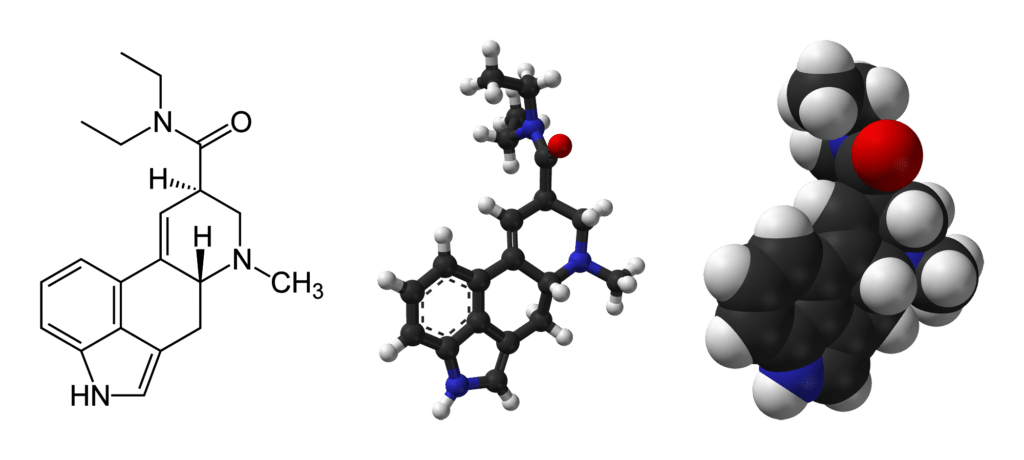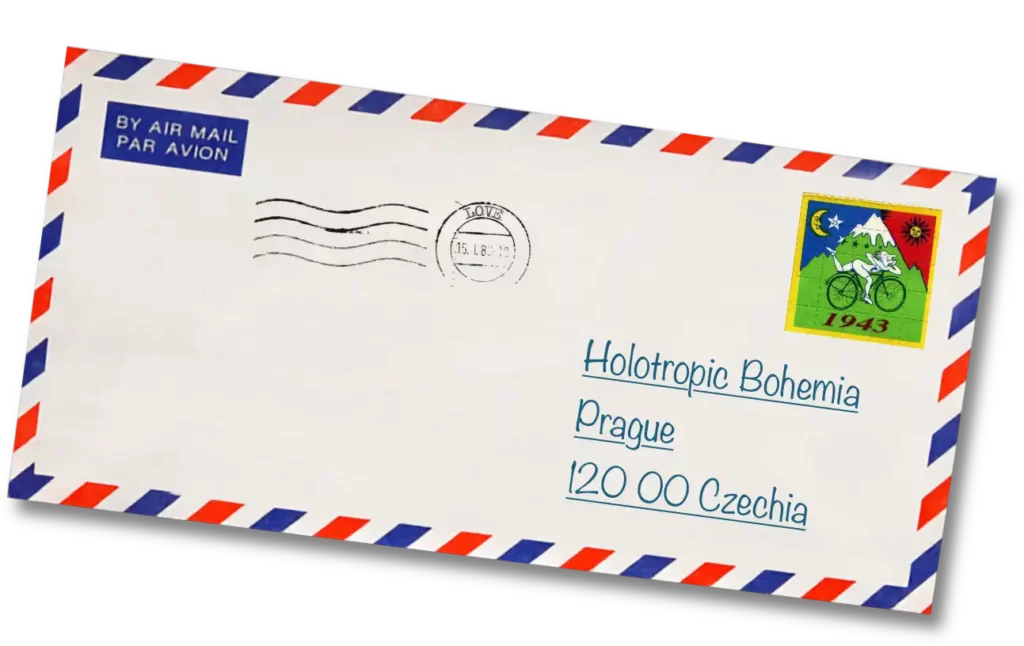Your First Workshop
With Holotropic Breathwork
When we finally begin to seriously ponder the idea of attending our very first Holotropic Breathwork workshop, it is only natural to feel excited, or even a bit nervous. Experience shows that even for those of us who have yet to make their first practical encounter with the method, something in us usually knows that it can at times be quite powerful, with a possibly significant impact on our everyday life.
While this is certainly true, it is equally true that for most of us there is no reason to be afraid of the experience, and the potential benefits to gain usually largely outweigh any associated risks. To keep the risk—benefit ratio firmly in your favor, it is always advisable to do Holotropic Breathwork under the guidance of a certified practitioner and in the context of a dedicated workshop (or individual session).
Let’s take a look at the course of events following your first registration for a workshop with Holotropic Bohemia. In the following article we will also lay out the basic structure of a Holotropic Breathwork workshop itself, so that you have a clear idea of what you can expect.
Before the Workshop Begins
Register for Your Workshop
At Holotropic Bohemia, registering for workshops is made easy. You can access all currently scheduled events with detailed information on the Upcoming Events page of this website. Once you have chosen your desired workshop, scroll down in the event detail and hit the REGISTER HERE! button. You will be taken to an online registration form.
Medical Fitness Assessment
An essential part of the registration form is a medical questionnaire. There is a number of contraindications to Holotropic Breathwork and this enables trained HB practitioners to identify any problematic medical conditions and rule out any possible conflicts. Should your facilitator have any additional questions, they will get in touch with you. If all looks O.K., you will receive a confirmation email. Now you are officially registered for the workshop. Yay!
Pre-workshop Interview
Before you actually embark on your journey to your first workshop, you will be required to attend a pre-workshop interview with your facilitator. This was once done in person, but nowadays it usually takes the form of an online video call. If there are any remaining doubts or questions, be it on the participant’s or practitioner’s part, this is a great opportunity to address them. Besides that, it’s a chance to have a nice chat and get to know each other a bit.
Now you are ready to finally go for the experience!
Workshop Structure
The following is the schedule of our time-efficient, monthly Holotropic Breathwork workshops tailored for the urban environment.
Day I: Friday
Registration
Getting to know each other, Introductory talk, Questions and answers
Day II: Saturday
The following is the schedule of our full-weekend Holotropic Breathwork workshops. These workshops take place outside of the city and include two nights of accommodation.
Day I: Friday
Registration, Making yourself at home
Introductory talk, Q&A, discussion
Day II: Saturday
Day III: Sunday
So, now you know what to expect. If you are interested in details, such as what “mandala painting” and “sharing circle” actually mean in the context of HB, head over to the Study section, where you can read on about the Method of Holotropic Breathwork. Should you feel ready to register for your workshop, you can do so on the Upcoming Events page.
Of course, you can also contact us directly and simply ask any question or share any doubts. Drop us a direct message or go to the Contact Details page for other ways of getting in touch.




